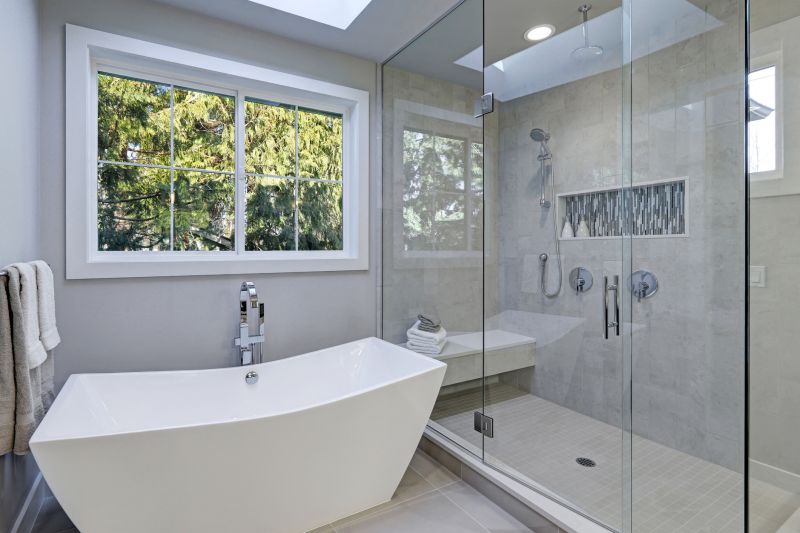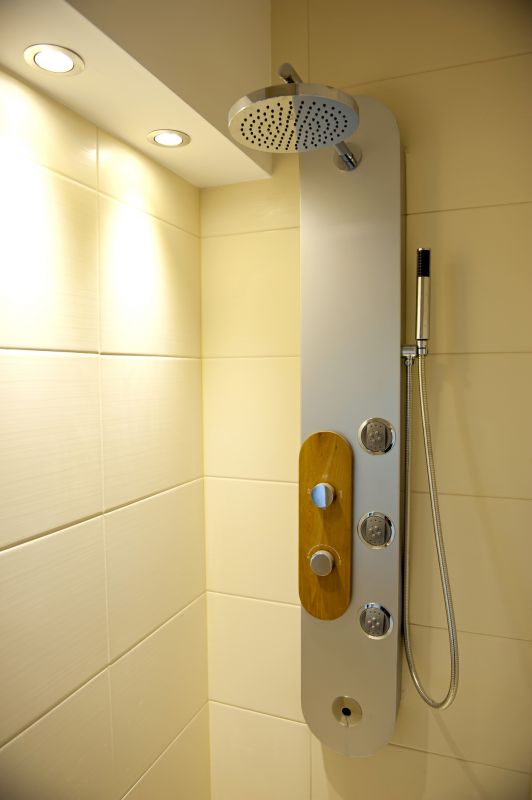Shower Sealant Options
Welcome to Aberdeen Showers
Shower Sealant Options
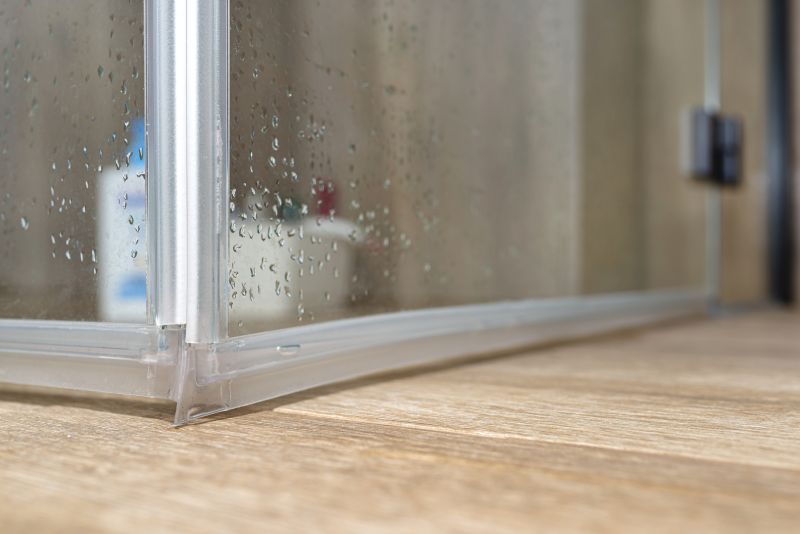
Exploring Shower Sealant Options for Your Bathroom
Choosing the right shower sealant is crucial for maintaining the integrity and appearance of your bathroom. With various options available, understanding the key considerations and features can help homeowners make informed decisions. Sealants play a vital role in preventing water damage by sealing gaps and joints in your shower area, ensuring a waterproof environment.
When selecting a shower sealant, consider the material compatibility. Different sealants are designed for specific surfaces such as ceramic, glass, or stone. Ensuring compatibility with your shower material can enhance the durability and effectiveness of the sealant. Additionally, the flexibility of the sealant is important, especially for areas that experience temperature fluctuations or movement.
Another factor to consider is the finish of the sealant. While some sealants dry clear, others are available in various colors to match or complement your existing bathroom decor. This aesthetic choice can enhance the visual appeal of your shower area while maintaining its functionality.
Durability and resistance to mold and mildew are also critical attributes to evaluate. Some sealants come with antimicrobial properties that inhibit the growth of mold and mildew, which is particularly beneficial in damp environments like bathrooms. This feature not only extends the life of the sealant but also contributes to a healthier bathroom environment.
Application ease is another consideration. Some sealants are designed for simple application, allowing for a clean and smooth finish without the need for extensive tools or techniques. This can be particularly advantageous for homeowners looking to undertake minor bathroom updates with minimal hassle.
- Material Compatibility
- Finish Options
- Durability
- Mold and Mildew Resistance
- Application Ease
Maintaining your shower sealant is essential to ensure its longevity and effectiveness. Regular inspections for cracks or peeling can help identify areas that may need resealing. Keeping the shower area clean and dry can also prevent premature degradation of the sealant.
For a quick comparison of typical attributes, consider the following summary:
| Attribute | Description |
|---|---|
| Material | Silicone, Acrylic, Polyurethane |
| Finish | Clear, White, Color-matched |
| Dimensions | Various tube sizes |
Silicone Sealant
Ideal for non-porous surfaces, offers excellent flexibility and long-lasting performance.
Acrylic Sealant
Suitable for porous surfaces, easy to paint over, and offers a smooth finish.
Polyurethane Sealant
Known for its strong adhesion and durability, ideal for high-moisture areas.
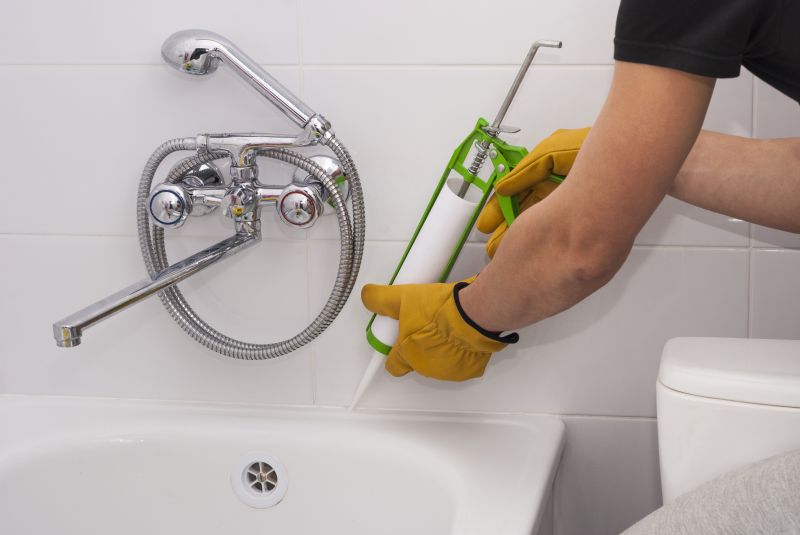
Silicone Sealant
Ideal for non-porous surfaces, offering excellent flexibility and long-lasting performance.
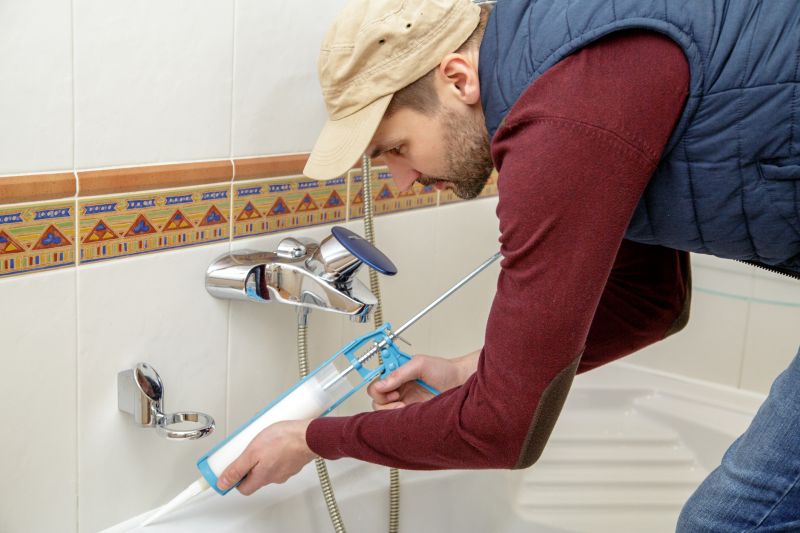
Acrylic Sealant
Suitable for porous surfaces, easy to paint over, providing a smooth finish.
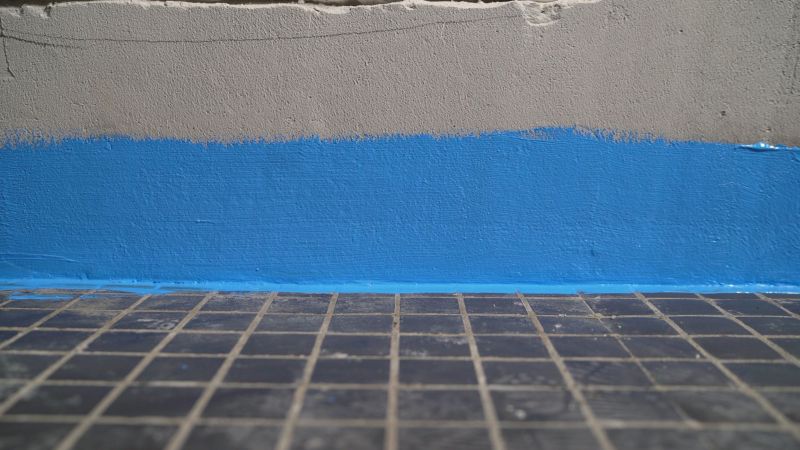
Polyurethane Sealant
Strong adhesion and durability, perfect for high-moisture areas.
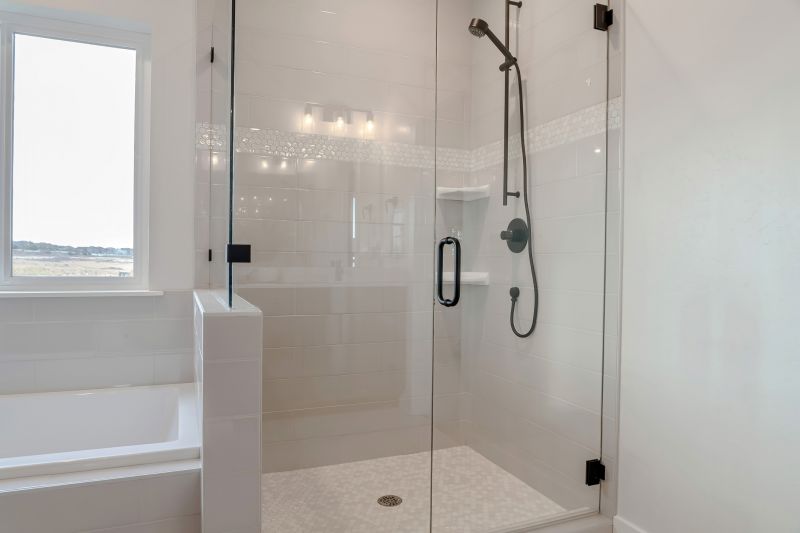
Clear Finish Sealant
Dries clear to maintain the original look of bathroom surfaces.
Features and Materials of Shower Sealants
Exploring the Essential Characteristics and Material Choices for Effective Shower Sealing
When considering shower sealants, homeowners have a variety of materials and features to explore. The primary purpose of a shower sealant is to prevent water leakage and protect surfaces from moisture damage. Understanding the different materials and features available can help in selecting the most suitable option for your bathroom needs.
Silicone is one of the most commonly used materials in shower sealants due to its excellent water resistance and flexibility. It adheres well to a variety of surfaces, including glass, ceramic, and metal. Silicone sealants are ideal for areas that experience significant movement or expansion, as they can accommodate these changes without cracking.
Acrylic sealants are another option, offering ease of application and the ability to paint over them once cured. They are less flexible than silicone but can be a practical choice for areas with minimal movement. Acrylic sealants are often used in conjunction with other materials for added durability.
Polyurethane sealants provide robust adhesion and are known for their abrasion resistance. They are suitable for both indoor and outdoor applications, making them versatile. However, they can be more challenging to apply and may require specific conditions to cure properly.
When selecting a shower sealant, consider factors such as the type of surfaces to be sealed, the level of moisture exposure, and the aesthetic finish. Some sealants come in various colors and finishes, allowing for customization to match the bathroom decor. Additionally, consider the ease of application and the curing time required for the sealant to reach full effectiveness.
Silicone Sealants
Highly flexible and water-resistant, ideal for joints and areas with movement.
Acrylic Sealants
Easy to apply and paintable, suitable for static areas.
Polyurethane Sealants
Strong adhesion and durable, ideal for high-wear areas.
| Attribute | Details |
|---|---|
| Material | Silicone, Acrylic, Polyurethane |
| Finish | Clear, White, Colored |
| Dimensions | Varies by application area |
- Water Resistance: Crucial for preventing leaks.
- Flexibility: Important for areas with movement.
- Adhesion: Ensures the sealant stays in place.
- Finish Options: Allows for aesthetic customization.
Maintaining the integrity of shower sealants requires regular inspection and upkeep. Over time, exposure to moisture and cleaning agents can degrade the sealant, necessitating reapplication. Understanding the properties of different sealants can aid in timely maintenance, ensuring long-lasting protection against water damage.
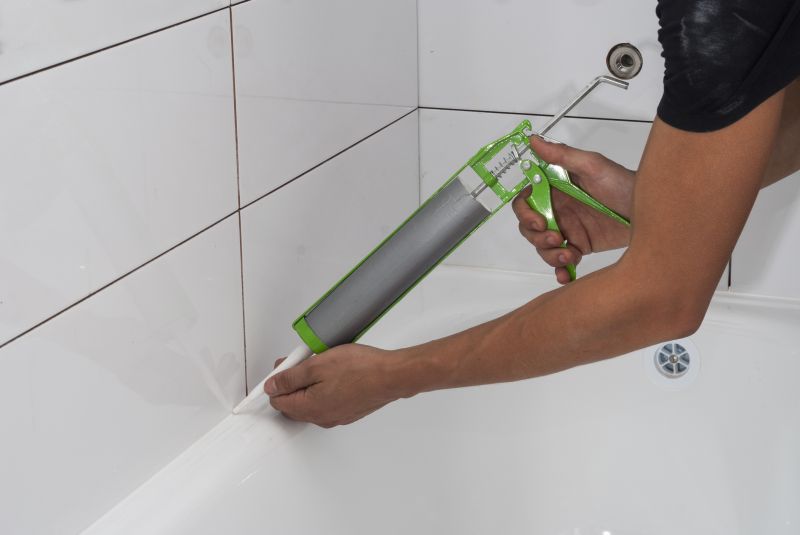
Silicone Sealants
Highly flexible and water-resistant, ideal for joints and areas with movement.
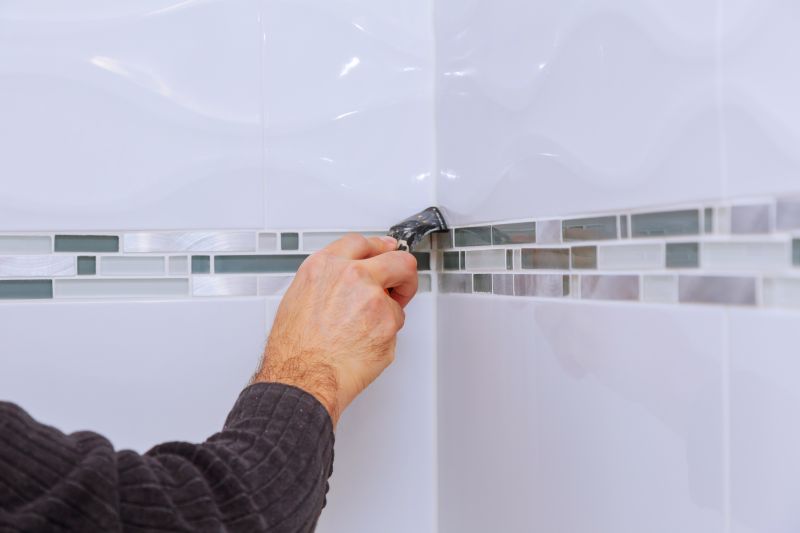
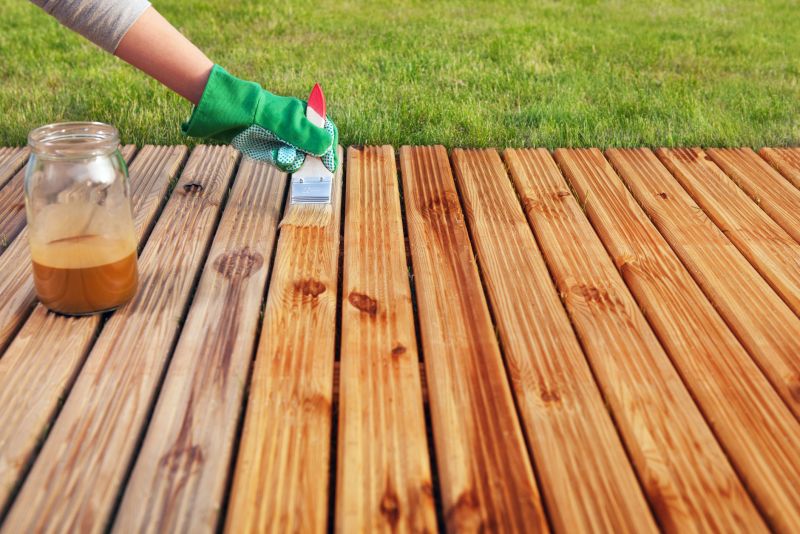
Polyurethane Sealants
Strong adhesion and durable, ideal for high-wear areas.
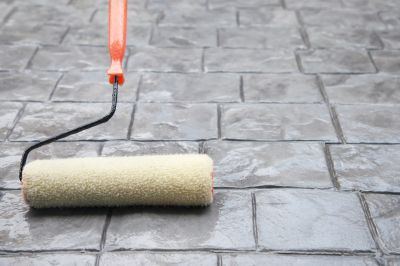
Colored Sealant Options
Sealants available in clear, white, and colored finishes for aesthetic customization.
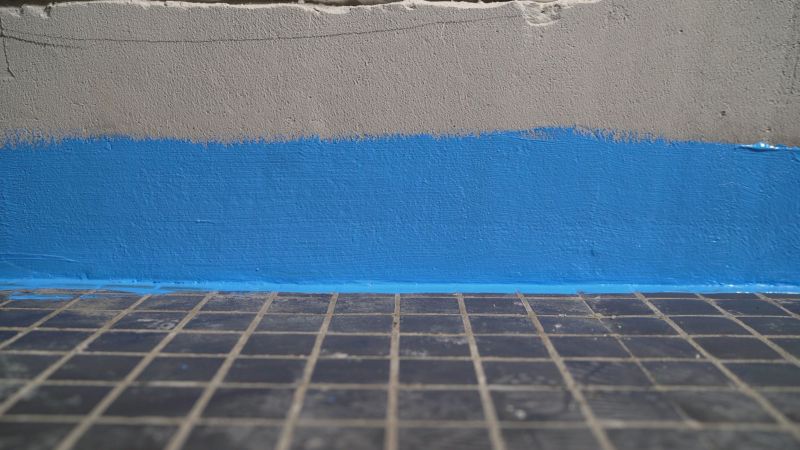
Choosing the Right Shower Sealant: Size, Compatibility, and Maintenance
Guidelines for Selecting the Best Sealant Based on Shower Size, Material Compatibility, and Maintenance Needs
When selecting a shower sealant, homeowners must consider several key factors to ensure long-lasting performance and compatibility with their specific shower setup. The right sealant not only prevents water leakage but also resists mold and mildew, providing a clean and safe bathroom environment. Understanding the attributes of different sealants can help make an informed decision.
One of the primary considerations is the size of the shower area. Larger showers may require more sealant or a product with specific elasticity to accommodate the size and potential movement of the shower materials. On the other hand, smaller showers might benefit from a sealant that offers a quick-drying feature, allowing for faster use post-application.
Material compatibility is another crucial factor. Shower areas can be constructed from various materials such as ceramic, glass, or natural stone. Each material may react differently to certain sealants. For example, silicone-based sealants are often recommended for non-porous surfaces like glass and ceramic, while acrylic-based sealants might be more suitable for porous surfaces.
Maintenance requirements should also be considered when choosing a sealant. Some sealants require regular reapplication to maintain their effectiveness, while others offer long-lasting protection with minimal upkeep. Homeowners should assess their willingness and ability to perform maintenance tasks when selecting a product.
In addition to these factors, the finish of the sealant can influence the overall aesthetic of the shower. Clear sealants are often preferred for their ability to blend seamlessly with any decor, while colored options can be used to complement or contrast with existing design elements.
- Silicone-based for non-porous surfaces
- Acrylic-based for porous surfaces
- Quick-drying options for small showers
- Elastic properties for large showers
- Clear and colored finishes available
Silicone Sealant
Ideal for glass and ceramic surfaces, offering excellent water resistance and durability.
Acrylic Sealant
Suitable for porous surfaces like natural stone, providing a reliable seal with easy application.
Quick-Dry Sealant
Perfect for smaller showers, allowing for rapid application and minimal downtime.
| Attribute | Details |
|---|---|
| Material | Silicone, Acrylic |
| Finish | Clear, Colored |
| Dimensions | Varies by application |
Ultimately, the choice of shower sealant should be guided by the specific needs of the shower environment and the homeowner's maintenance preferences. By considering size, compatibility, and maintenance, one can ensure a lasting and effective seal that enhances the functionality and appearance of the shower area.
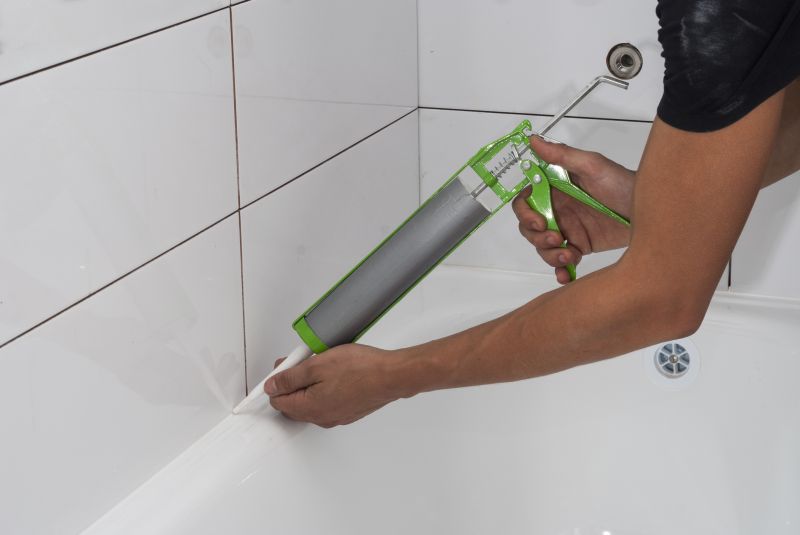
Silicone Sealant
Ideal for glass and ceramic surfaces, offering excellent water resistance and durability.
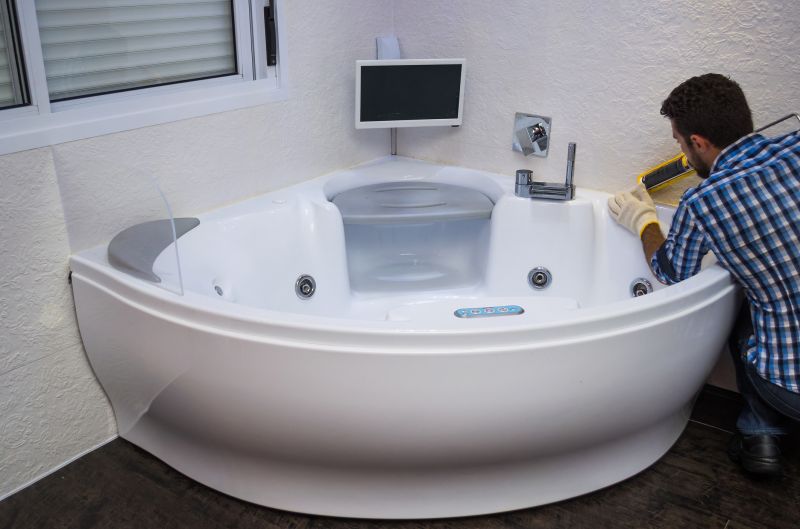
Acrylic Sealant
Suitable for porous surfaces like natural stone, providing a reliable seal with easy application.
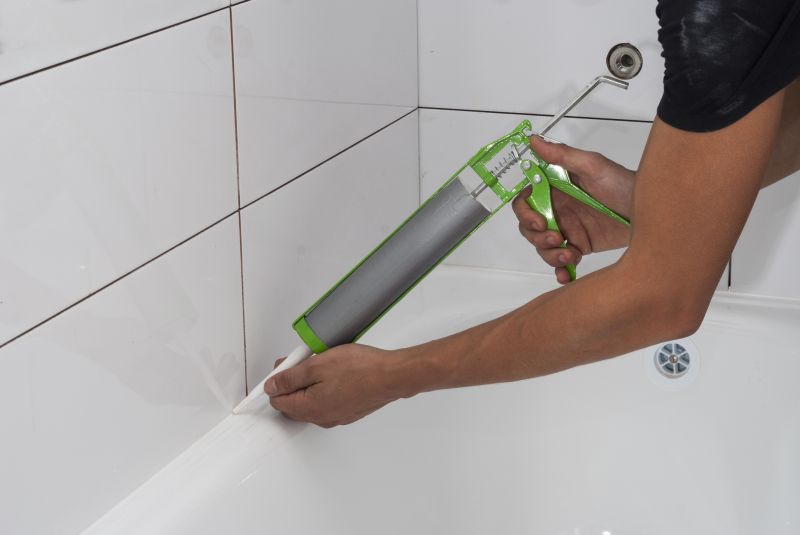
Quick-Dry Sealant
Perfect for smaller showers, allowing for rapid application and minimal downtime.
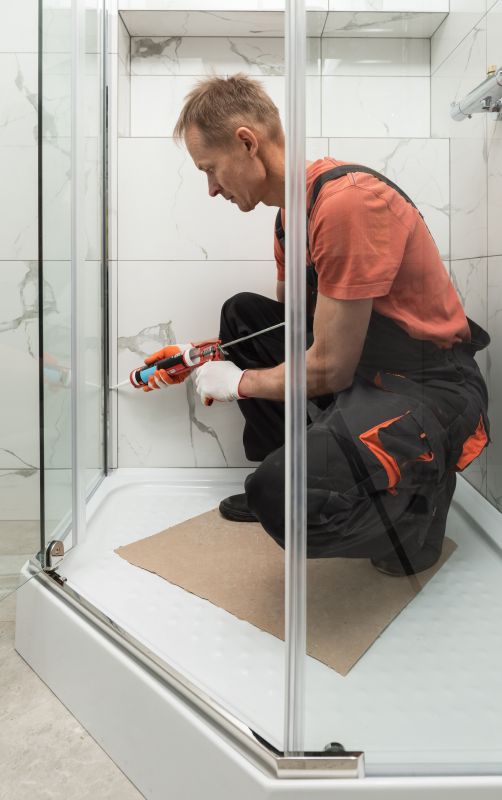
Clear Finish Sealant
Blends seamlessly with any decor, maintaining a clean and unobtrusive appearance.
